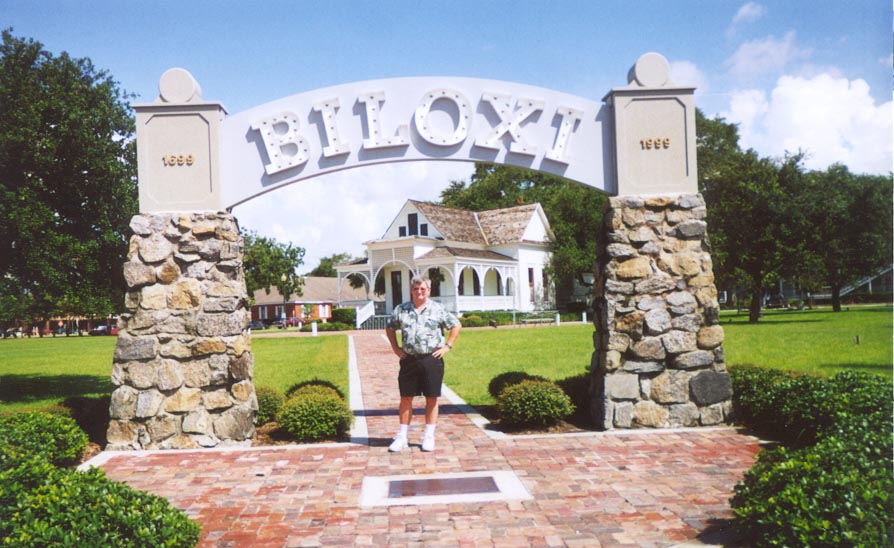
Biloxi, MS

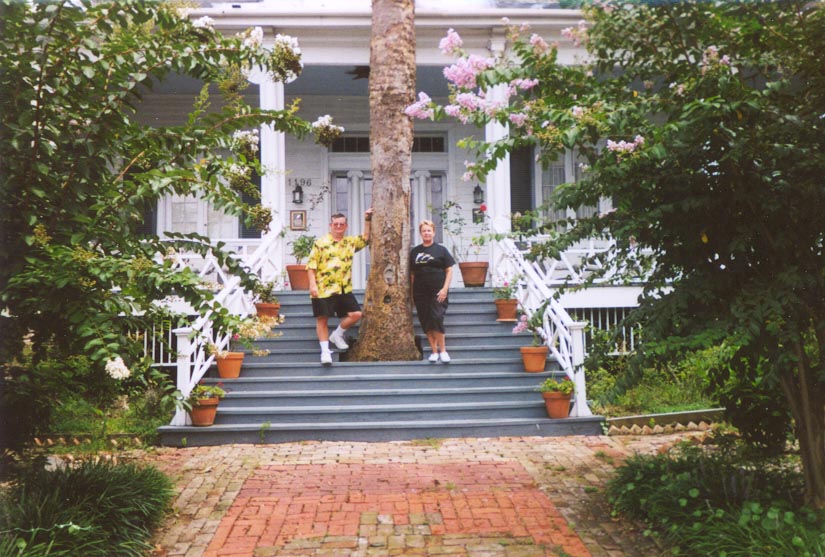
Our apartment was between the two buildings (long an narrow). $60 a month. Father Ryan's home is on the left.
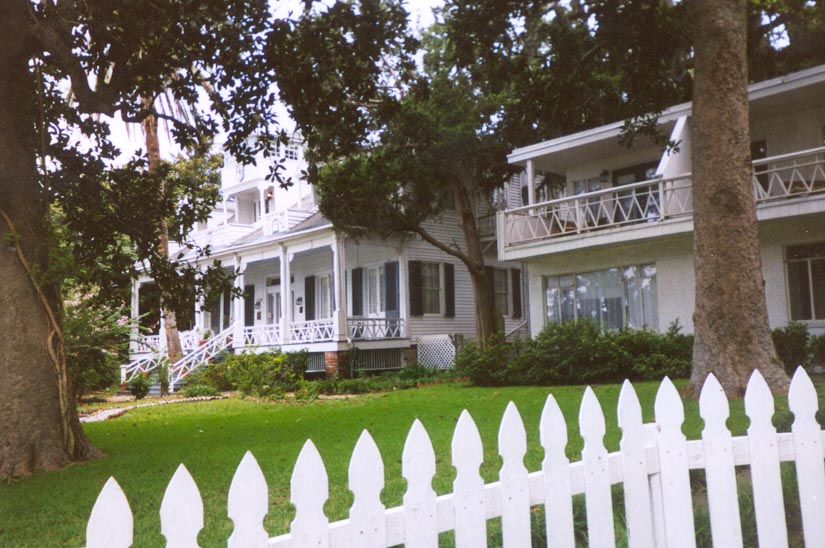
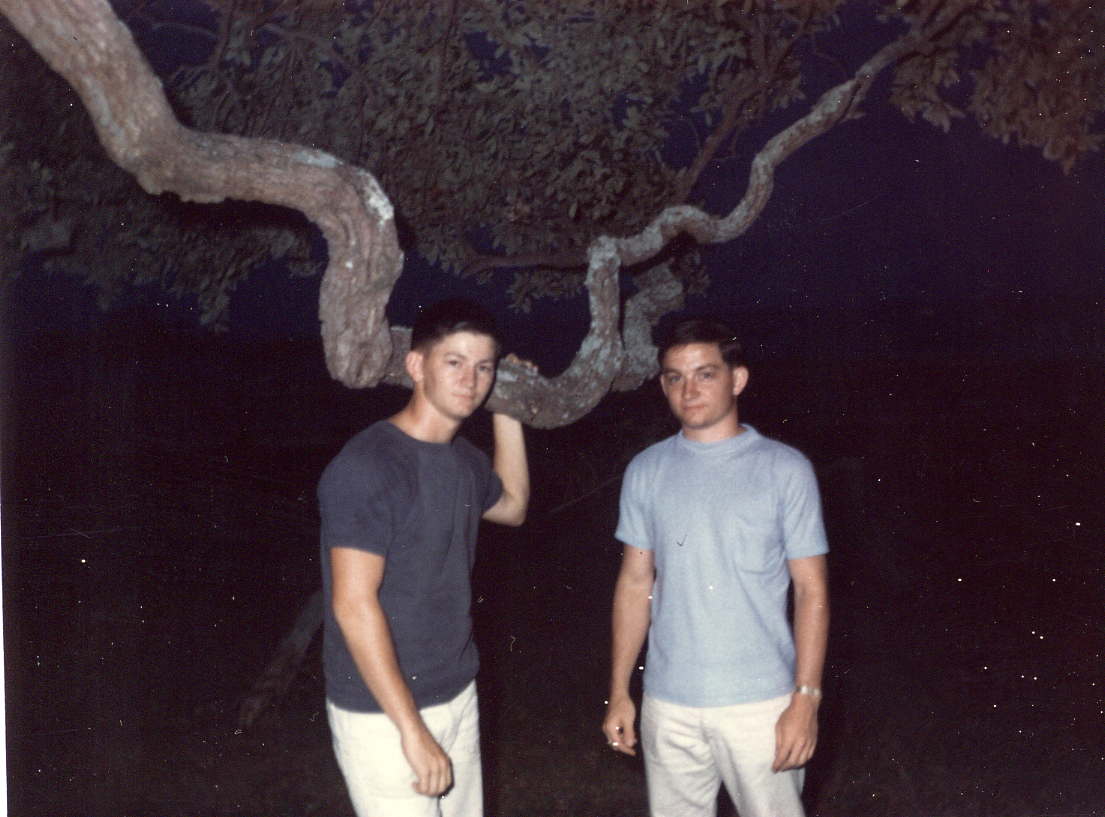
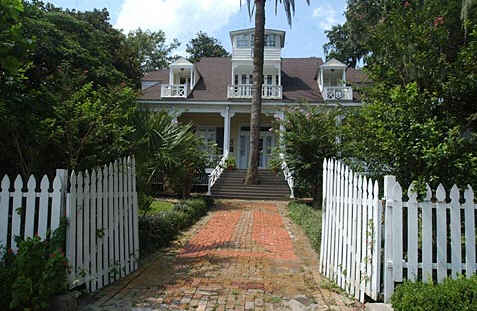
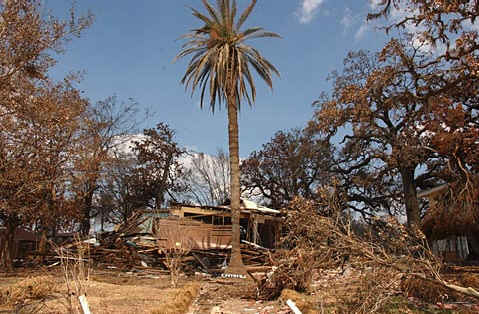
You can see the palm tree in the middle and how close we were to the beach.
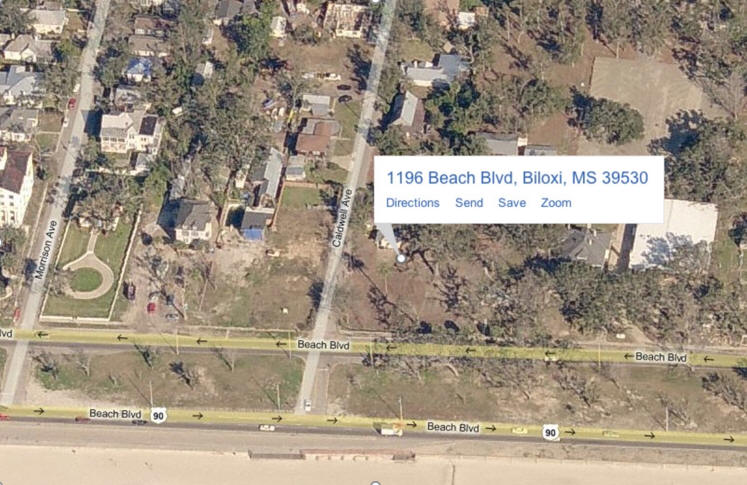
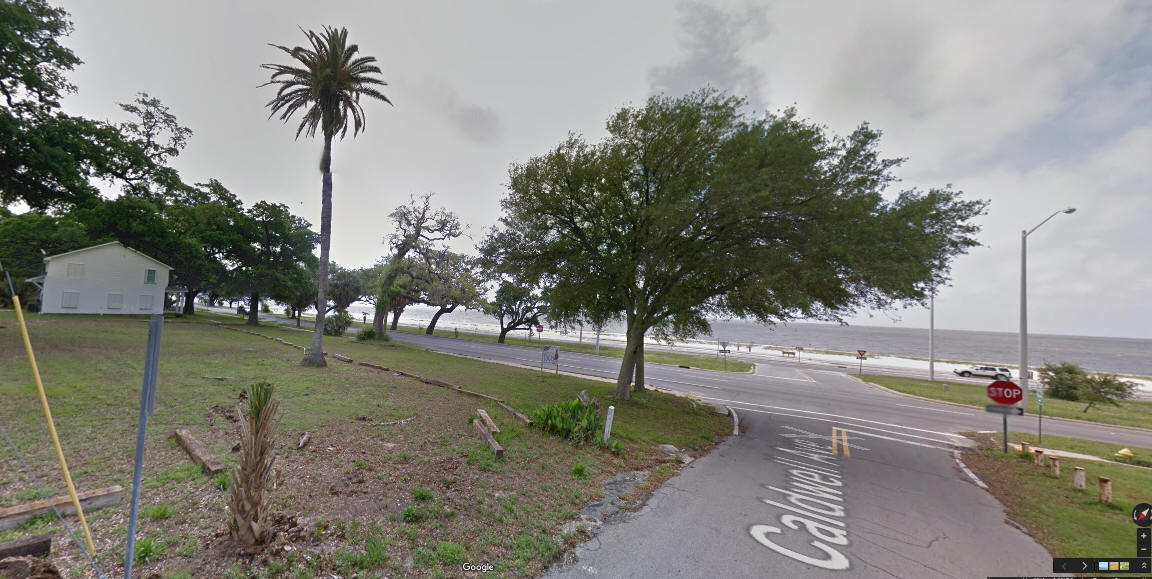
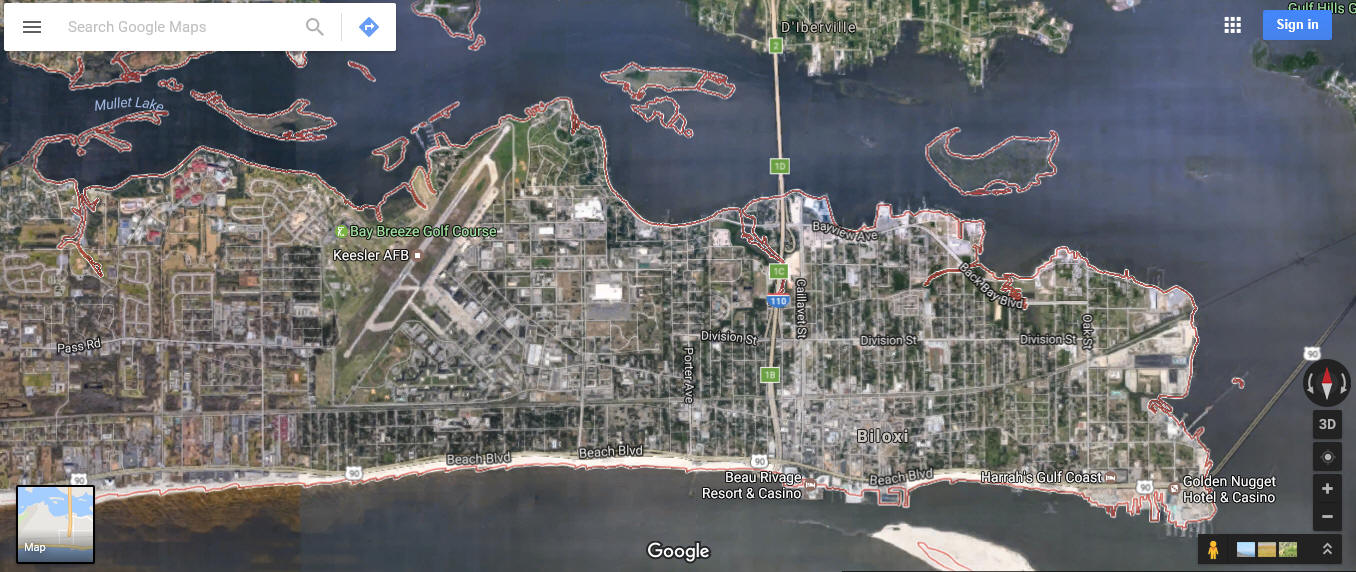
Keesler AFB - We had a good location, right outside one of the main gates.
In this picture, our apartment would be just above the "Bl" in Beach Blvd, just below and left of the Old French Cemetery.
The water at the top is the "back bay".
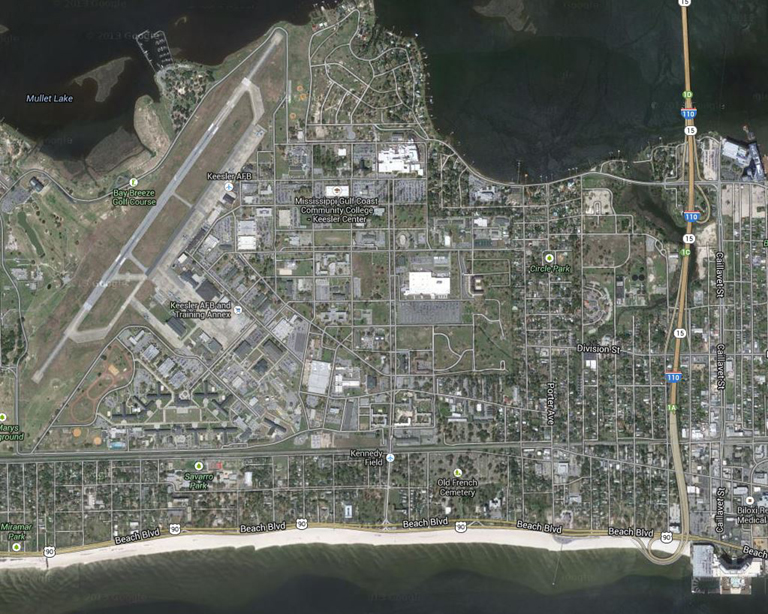
Father Abram Joseph Ryan - "The Poet Priest of the Confederacy"
Various
places claim to be the birthplace of Father Abram Joseph Ryan. He is
claimed by some sources to have been born in 1839 in Norfolk, Virginia.
One source even claims County Limerick in Ireland. However, it is
probable that he was born on February 5, 1838 in Hagerstown, Maryland.
His parents were Irish immigrants. His father was Matthew Ryan (the
ancient clan name was O'Mulryan), and his mother was Mary Coughlin. They
originated in Clonmell (or Clogheen) in County Limerick. Besides Abram
there were apparently two sisters (one of whom became a nun), and two
brothers (one of whom was killed in the service of the Confederacy).
The family moved to St. Louis, where young Abram studied in the
Christian Brothers School. He then moved on to Niagara University in New
York to study theology. He took his vows in 1856, and was ordained in
1860. He then became a teacher of religion at Niagara and also in Cape
Girardeau, Missouri .
When the Civil War began, Father Ryan, though opposed to slavery,
embraced the southern cause. In 1862, he became a freelance Confederate
chaplain (He apparently had a connection to the 8th Tennessee). He went
onto battlefields to help the wounded and dying. He also assisted
prisoners and victims of diseases in hospitals.
When his younger brother was killed, Father Ryan wrote: "In Memoriam"
and "In Memory of My Brother"). Thus began a prolific career of writing
poetry about religion and the Confederacy.
Father Ryan suffered a wound in the hand on November 30, 1864, in the
monumental battle of Franklin in Tennessee. By this time, the fortunes
of war had turned dramatically against the Confederacy.
In April of 1865, Father Ryan was in Knoxville (He was pastor of the
Church of the Immaculate Conception there). Word of Lee's surrender came
and it greatly distressed him. The story goes that he immediately sat
down and wrote his best known work: "The Conquered Banner," on some
scraps of paper. Afterwards, they were collected and saved for posterity
by his landlady. The words were apparently set to a Gregorian hymn. The
poem was first published in 1866 in the FREEMANS JOURNAL. This provoked
quite a stir among both friend and foe. Father Ryan was denounced by
newspaper editor (and Reconstruction governor) William G. ("Parson")
Brownlow, and by the CHICAGO TRIBUNE, which called him: "The Traitor
Priest."
Father Ryan soon produced other famous works, such as: "The Sword of
Robert E. Lee,"and "The Lost Cause. " From 1870 to 1883, he was pastor
of St. Mary's Church in Mobile, Alabama. He had residences in Virginia,
Missouri and Gulfport, Mississippi. During the 1870s, the time spent in
Gulfport near Beauvoir Plantation resulted in the development of a
personal friendship with Jefferson Davis.
In 1878, there was a cholera epidemic in the south. Aid came from the
north, which resulted in a feeling of reconciliation in Father Ryan. He
wrote: "Reunited," and "Requiem for the Federal Dead." He went on
lecture tours, seeking relief for southern widows and orphans and plague
victims. (His assistance to typhoid victims in Memphis in the 1870s led
to the establishment of a sewer system there).
From 1878 to 1883, he was editor of a weekly paper called: "THE
BANNER OF THE SOUTH" in Augusta, Georgia. He also Edited "THE
PACIFICATOR there. This he had to give up due to poor health. He was
also connected to a diocese in New Orleans and edited a publication
called: "THE STAR."
On church related business, he traveled to places such as Biloxi,
Nashville, Knoxville, Clarksville (Tennessee), Macon, and Mobile. He did
lecture tours not only in the US, but in Canada and Mexico as well.
In 1879, some of his poetry was published as: "FATHER RYAN'S POEMS."
In 1882, a book of devotions ("A CROWN FOR OUR QUEEN") was published.
In 1886, he traveled to visit a Franciscan monastery in Louisville,
Kentucky. He died there on April 22, 1886. At the time of his death, he
left an uncompleted manuscript on the life of Christ.
Father Ryan was gone but not forgotten. He was laid to rest in
Magnolia Cemetery (now Oaklawn Catholic Cemetery) (The same cemetery as
Confederate Admiral Raphael Semmes), in Mobile. The MOBILE REGISTER
initiated a campaign to collect dimes to pay for his monument. Much of
the money came from school children.
Father Ryan was memorialized in many other ways. A Sons of
Confederate Veterans chapter in Jackson, Mississippi was named after
him. In 1913, a statue of him was unveiled in Mobile. In 1939 in New
Orleans, a plaque was dedicated to him in Confederate Memorial Hall.
Some of his papers were preserved at Belmont Abbey College near
Charlotte, North Carolina. Various articles were written about him in a
number of publications. In : "The Blue and the Gray," Robert Taylor
called Father Ryan: "The Thomas Moore of Dixie."
A high school, in his name, was established in Nashville near
Vanderbilt University. It was moved to its present location (Norwood
Drive) in 1991. It was originally on the estate of one of Nashville's
early mayors. (The original site is now a Hampton Inn).
Father Ryan's house in Biloxi (finished in 1841) was preserved. It
became the Father Ryan House Bed and Breakfast Inn. In September of
2005, it was destroyed by Hurricane Katrina. Perhaps Father Ryan would
have said that it illustrated that nothing built by Man will last
forever.
This link will take you to the Father Ryan House Bed and Breakfast Inn before Katrina.
http://www.bbonline.com/ms/fatherryan/
Father Ryan's Poems: http://docsouth.unc.edu/southlit/ryan/menu.html